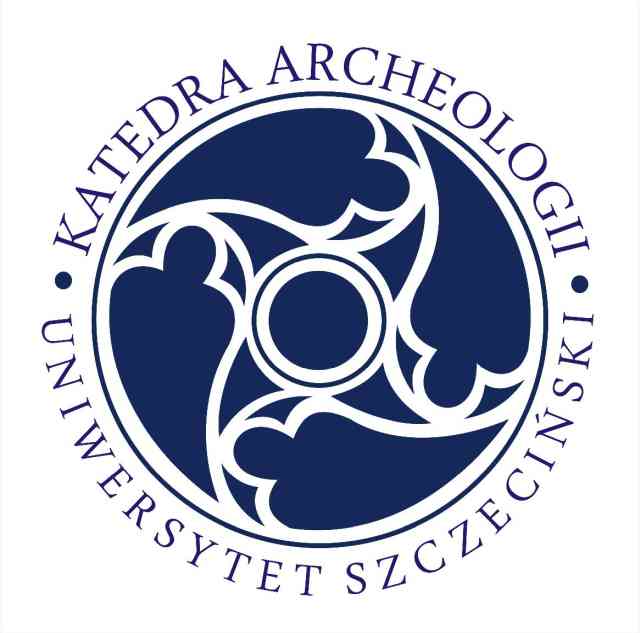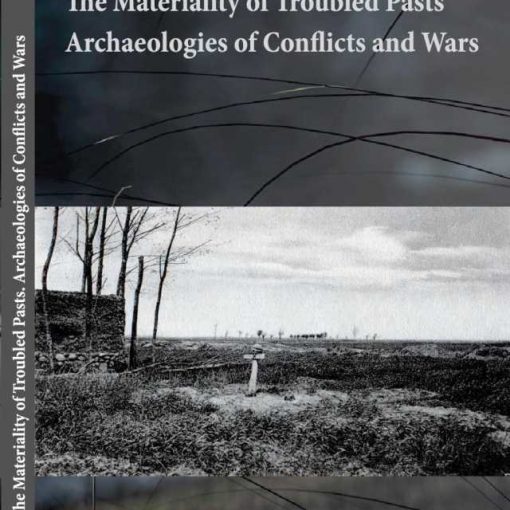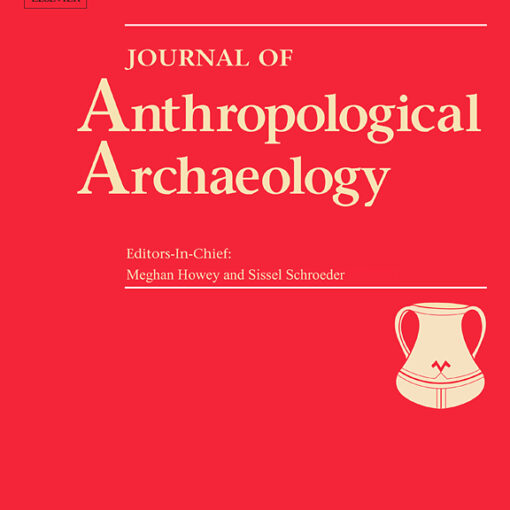 Since 2006, systematic research has been carried out in the central part of the Greater Poland region to find the remains of the earthen long barrows left behind by the societies of the Middle Neolithic Funnel Beaker culture. They are known as Kuyavian barrows because of their frequent presence in the Kuyavia region in central Poland. In Greater Poland, they were known from antiquarian records dating back to the 19th century. However, contemporary surveys carried out in open arable fields did not bring positive results. It is likely that the enclosing erratic boulders were removed at the turn of the 19th and 20th centuries by farmers, and the mounds quickly destroyed as a result of ploughing and erosion. A breakthrough in the search for earthen long barrows in Poland was the introduction of airborne LiDAR (Light Detection and Ranging) survey and the public disclosure of the Airborne Laser Scanning (ALS) data collected by the governmental institutions for the purpose of natural disasters modelling. It resulted in the discovery of numerous archaeological sites, including earthen long barrows, preserved in woodlands. The article discusses the results of previous archaeological research and archive material surveys, and selected case studies of the newly discovered clusters of earthen long barrows on the Szamotuły Plain in the central part of the Greater Poland region, and also on the Kleczew Plain in the eastern part of the region, neighbouring with Kuyavia. The shortcomings of using ALS data in archaeology, and limitations of woodland and fieldwalking surveys, are also reviewed. In conclusion, we argue that the number of earthen long barrows suggest that the construction of them, and the practice of burying the dead in them, was a common practice of the Middle Neolithic Funnel Beaker societies in northern Poland.
Since 2006, systematic research has been carried out in the central part of the Greater Poland region to find the remains of the earthen long barrows left behind by the societies of the Middle Neolithic Funnel Beaker culture. They are known as Kuyavian barrows because of their frequent presence in the Kuyavia region in central Poland. In Greater Poland, they were known from antiquarian records dating back to the 19th century. However, contemporary surveys carried out in open arable fields did not bring positive results. It is likely that the enclosing erratic boulders were removed at the turn of the 19th and 20th centuries by farmers, and the mounds quickly destroyed as a result of ploughing and erosion. A breakthrough in the search for earthen long barrows in Poland was the introduction of airborne LiDAR (Light Detection and Ranging) survey and the public disclosure of the Airborne Laser Scanning (ALS) data collected by the governmental institutions for the purpose of natural disasters modelling. It resulted in the discovery of numerous archaeological sites, including earthen long barrows, preserved in woodlands. The article discusses the results of previous archaeological research and archive material surveys, and selected case studies of the newly discovered clusters of earthen long barrows on the Szamotuły Plain in the central part of the Greater Poland region, and also on the Kleczew Plain in the eastern part of the region, neighbouring with Kuyavia. The shortcomings of using ALS data in archaeology, and limitations of woodland and fieldwalking surveys, are also reviewed. In conclusion, we argue that the number of earthen long barrows suggest that the construction of them, and the practice of burying the dead in them, was a common practice of the Middle Neolithic Funnel Beaker societies in northern Poland.




